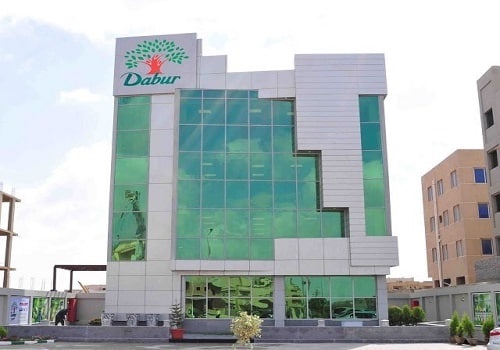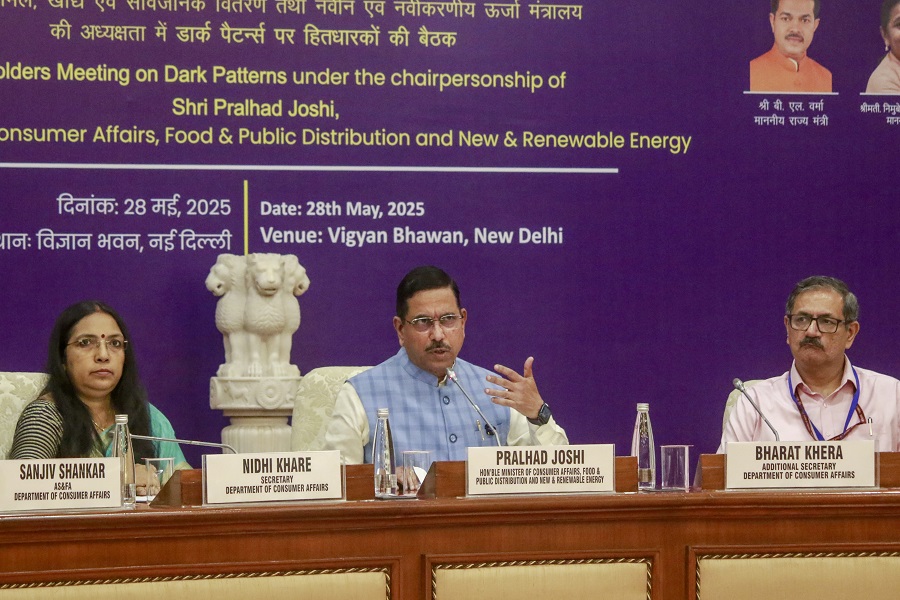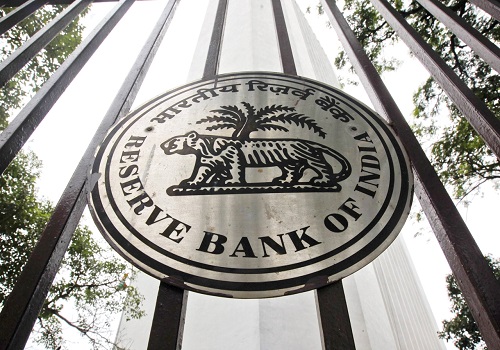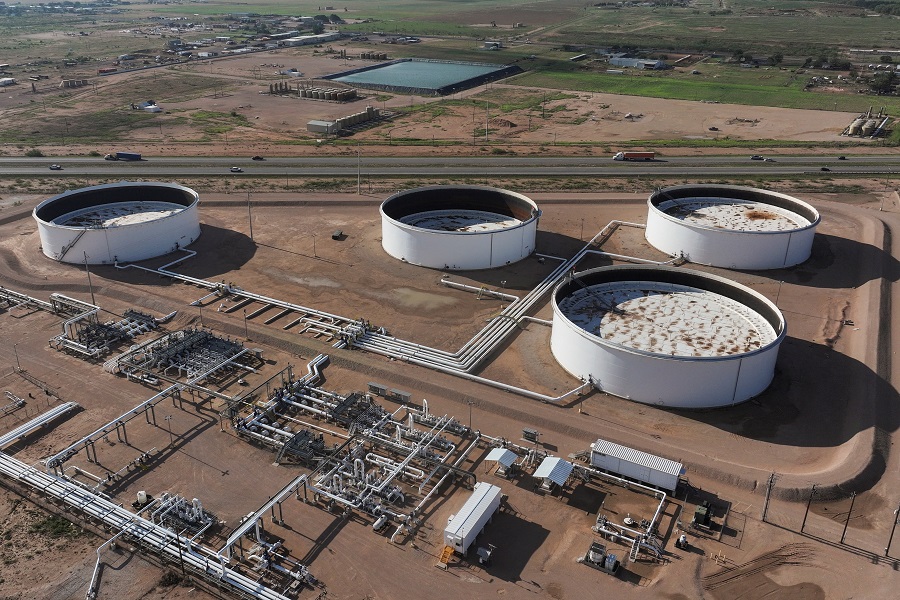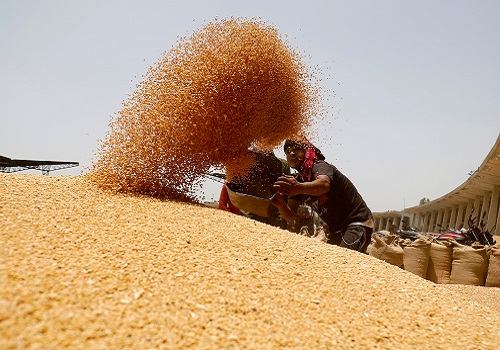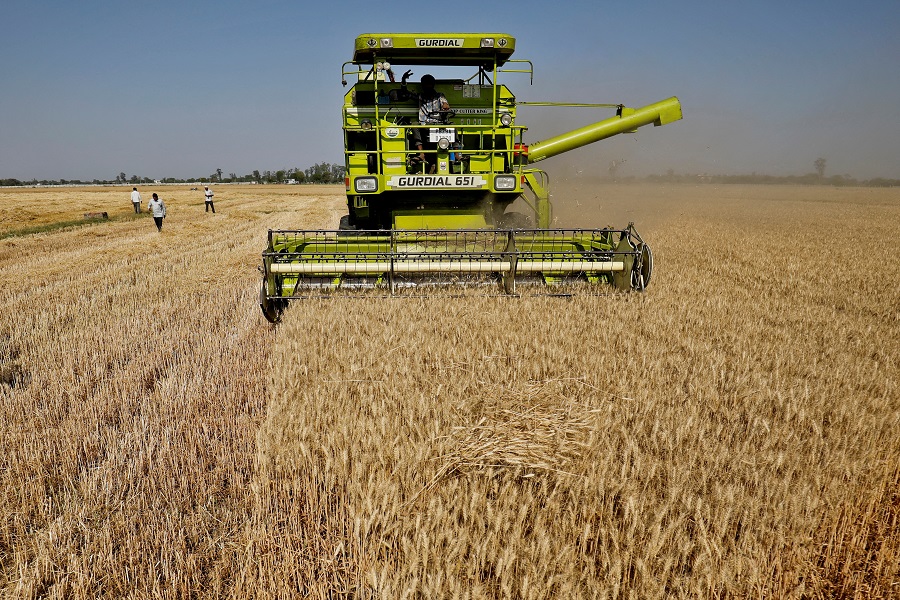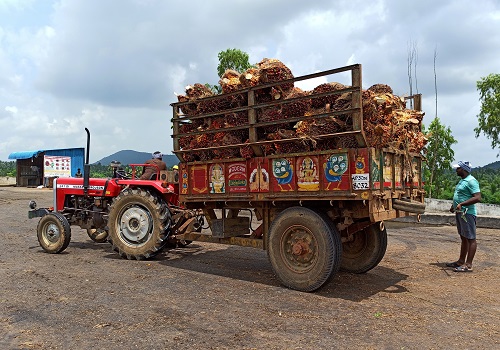Maize Market Booms: 20% Surge Sparks Demand and Import Calls by Amit Gupta, Kedia Advisory
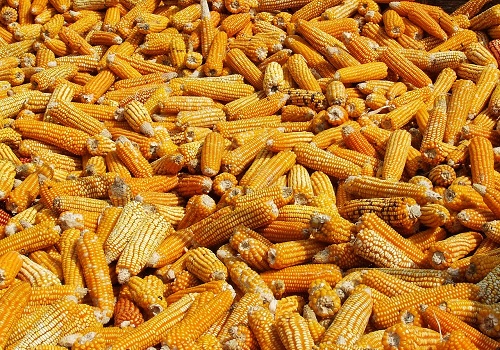
Maize prices have soared by 20%, fueled by diminished supply and heightened demand in key sectors such as livestock feed, starch manufacturing, and ethanol production. The government's nod for ethanol use, coupled with lower kharif yields due to erratic weather, has intensified concerns in the livestock feed industry, urging calls for immediate imports. Despite a rise in rabi season sowing, industry leaders seek duty-free imports to stabilize prices, as the government faces pressure to address the growing supply-demand gap. The poultry sector, in particular, is grappling with elevated feed costs, prompting a proactive approach from associations to safeguard against potential market challenges.
Highlights
Price Surge: Maize prices have surged by 20% since October, driven by a combination of lower supply and increased demand from traditional sectors such as livestock feed, starch manufacturing, and ethanol production.
Market Rates: The modal price of maize in key markets like Davangere has risen from ?1,850 a quintal in early October to around ?2,309 currently, well above the minimum support price (MSP) of ?2,090 per quintal for the 2023-24 crop season.
Impact on Livestock Feed Sector: The rise in maize prices is anticipated to impact the livestock feed sector, with a 25-27% reduction in arrivals post kharif harvest due to erratic monsoon conditions.
Demand for Ethanol Production: The government's approval of maize use for ethanol production has further contributed to the price hike, leading to concerns in the livestock feed sector.
Stockholding and Imports: Traders are holding stocks in anticipation of further price increases. Industry associations, including the Compound Livestock Feed Manufacturers Association (CLFMA) and All-India Poultry Breeders Association, have urged the government to allow imports to meet short-term demand.
Drought Impact: Maize yields were adversely affected by drought conditions, resulting in lower production. Additionally, the demand for ethanol production has risen, contributing to the overall supply-demand imbalance.
Rabi Season Outlook: As of January 5, 2024, the latest rabi sowing data indicates maize acreage at 18.76 lakh hectares, slightly higher than the same period the previous year. However, this is below the normal maize area for the rabi cropping season.
Government Pressure: Rising prices and increasing demand may compel the government to consider duty-free imports, as suggested by industry representatives. Currently, maize attracts a 50% customs duty.
Overall Production Trends: Kharif maize production witnessed growth in recent years, reaching a record 23.67 million tonnes in 2022-23. However, the latest estimates suggest a decrease to 22.48 million tonnes in 2023, raising concerns about supply adequacy.
Sectoral Perspectives: Livestock feed makers, starch manufacturers, and the poultry sector are closely monitoring the situation, expecting maize prices to remain firm in the foreseeable future.
Conclusion
The maize market's unprecedented surge highlights the delicate balance between supply and demand, underscoring the vulnerability of agriculture to climate fluctuations. As stakeholders navigate through rising costs and seek government interventions, the sector faces a critical juncture. The call for duty-free imports reflects the urgency to mitigate immediate challenges and underscores the need for comprehensive policies to ensure long-term stability in the maize market, a cornerstone for various industries.
Above views are of the author and not of the website kindly read disclaimer




